

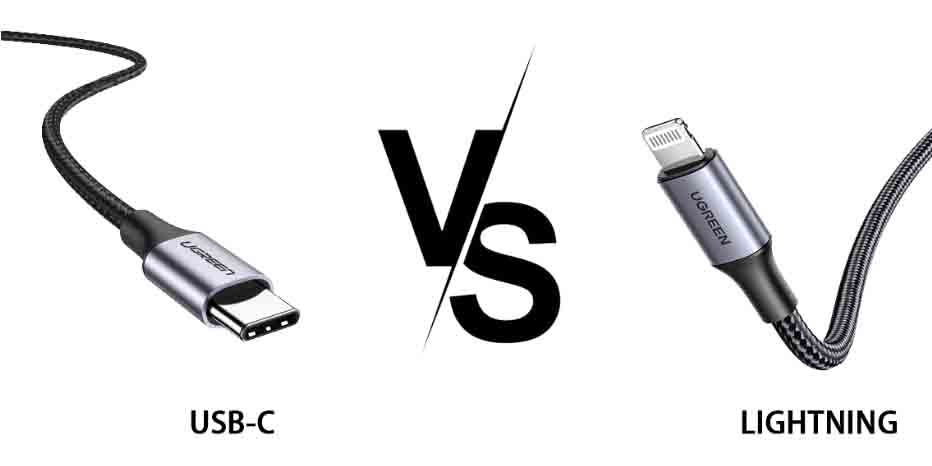
There are various connectors in the market right now. The main options for most people would be USB and proprietary Apple connectors such as Lightning. For the USB standard, you still get other options under it. It is the same thing with the Apple connectors. Today, we will focus on the USB-C and Lightning connectors in the market to understand their uses, functionality, and differences. In the end, you will get to understand what to choose in terms of USB-C vs. Lightning.
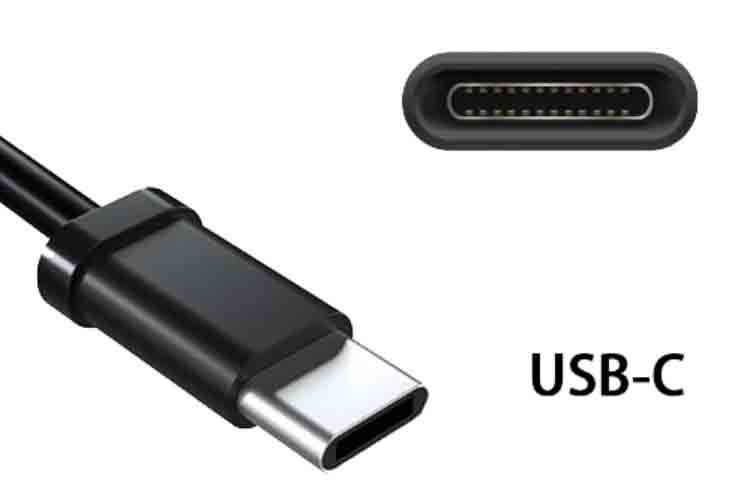
This is a modern, oval-shaped connector and port standard that acts as a single solution for data transfer, charging, and video output that works with a wide range of devices.
You can expect newer devices to feature this type of connector because of its many benefits. It is a new standard that offers reversibility, universal connectivity, high power delivery, and fast data transfer.
So, why is USB-C important?
Due to standardization, USB-C is becoming quite popular as it simplifies device charging and other types of connectivity for various devices.
Future-proofing is also possible with USB-C. This means that even with the changes to the standard, it will still be accommodated.
The introduction of USB-C in a small form factor means the manufacturers can easily create thinner and lightweight devices. You should expect thinner smartphones and ultrabooks.
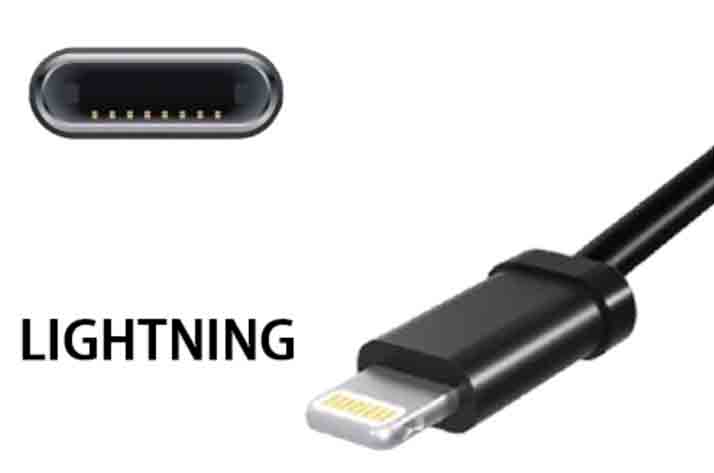
A Lightning connector is a type of Apple-designed connector used for charging and transferring data on older Apple devices such as iPhones, iPads, and iPods. It was introduced in 2012 as a way of replacing the larger 30-pin connector. Being smaller in size means that you get more of the convenience of portability and can be plugged into the device either way.
When looking at lightning vs USB-C, we see that there are several similarities, such as reversible design and compact size. Well, the connector is also proprietary to only Apple devices, so you may not find it useful with other devices you have.
Below is a comparison of USB-C and Lightning connectors to understand how they differ and where you can best use each connector.
|
Feature |
USB-C |
Lightning |
|
Design and Build |
Oval, large port with 24 pins. It is quite robust. |
It is smaller with flat, round edges. It features 8 pins per side. |
|
Reversibility |
Yes |
Yes |
|
Data transfer speeds |
Can do up to 40Gbps while using Thunderbolt 4 |
Up to 480 Mbps |
|
Charging speeds |
Supports USB power delivery with a capacity of up to 240W |
It supports fast charging but has limited power capacity. Around 20W. |
|
Durability |
It is a robust connector. However, it may lead to stress on the port because of the many contact points. |
Smaller and less prone to wear, even after multiple insertions into the port. |
|
Compatibility |
It is a cross-platform design since it is a universal standard for various devices. This includes Android phones, laptops, and many others. |
It is designed to work with Apple devices only. This makes its compatibility limited and will not work with devices not from Apple. |
|
Functionality |
It is able to transmit power, video, audio, and data through a single port. |
Primarily works for power and data. Video output may need adapters. |
|
Ecosystem and Accessories |
It is a rapidly growing type of standard which is expected to be cheaper in the long run. |
Since it only works with Apple devices, it will be more expensive as the market is limited. |
|
Future proofing |
Since USB-C is expected to be a dominant connector around the world, expect it to be around for a long time. |
Apple is phasing it out as the brand is moving towards USB-C for its devices. |
The comparison of USB-C vs Lightning connector has shown how brands are now shifting towards USB-C. Well, there is a good reason for that. Here are some of the benefits that are making this shift possible.
Universal compatibility with various devices and functionality
Faster speeds, which means better data transfers and charging
There is increased versatility since one connector can do many functions
There is reduced e-waste as you no longer need many different chargers and cables
Regulatory pressure, for example, from the European Union, has mandated that USB-C should be a common charging port. This has pushed several brands, such as Apple, to also adopt USB-C to have their products sold in the EU states.
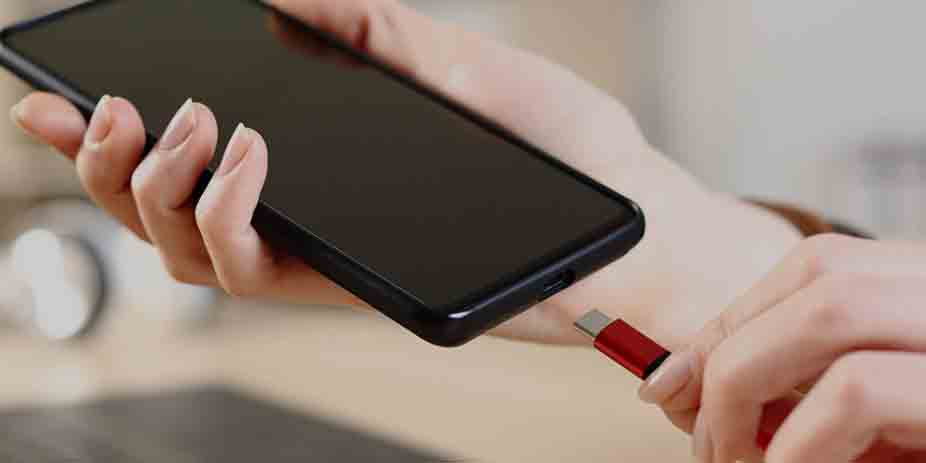
This type of connector comes in a small form factor. It is one of the smallest connectors available. This is progress in the miniaturization of various industries. It can efficiently work with even the smallest devices.
The connector is reversible. This makes it easier to work as you do not have to guess the correct orientation.
The overall data transfer rate is higher. You can get up to 40 Gbps with this type of connector. This is twice faster than USB 3.0. Also, expect to get a higher throughput with improved power efficiency.
The power delivery of 100W is good for most devices. For such a capacity, it is possible to charge your laptop, phone, and any other device that works with a USB-C type.
There is built-in support for various types of devices. For one type of connector, it can support display and audio. It becomes easier to reduce the number of cables you need to connect to different devices.
The connector offers improved EMI and RFI features. This ensures the best performance in different environments. You do not have to worry much about data integrity with this type of connector.
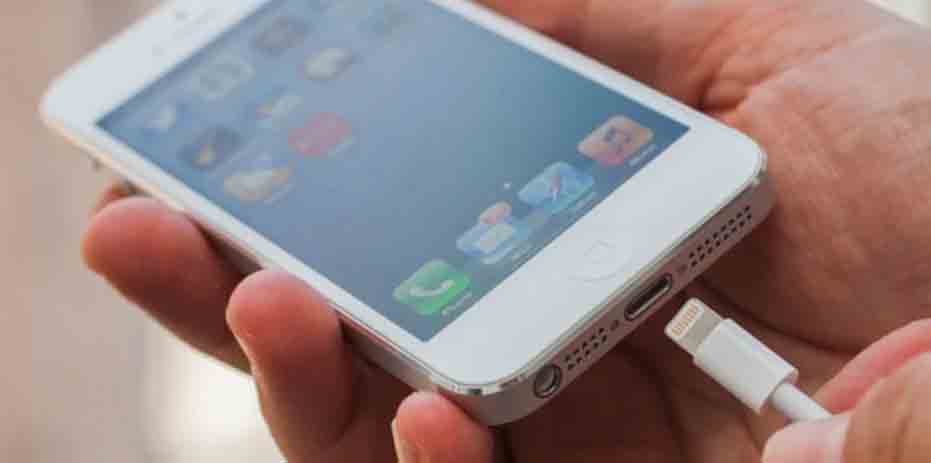
Having a reversible design makes the lightning connector just as good as the USB-C connector. It can be inserted in a device using either direction.
Since it is MFi certified, it means that it works with various Apple devices. We expect it to deliver on the best quality standards, performance, and safety.
The connector offers a reliable and secure connection. Compared to USB-C, it holds onto the port better, reducing the chances of accidental disconnection.
This connector has a huge ecosystem compatibility. It might not be as huge as USB-C, but the years of developing it have made it have many applications for various accessories and charging cables meant for Apple devices.
It comes in a small form factor as well. No need to deal with bulky power bricks when you have such an option.
Exposed pins make the connector more susceptible to damage. It could be from lint, moisture, or dust. This potentially leads to overheating, port failure, or short circuits.
Sometimes you may need an adapter to use the connector, especially for older connectors such as USB-A.
Expect a higher cost, especially for standards with advanced features compared to counterpart options.
Slower data transfer has made more people wish for USB-C. Its speeds are similar to USB 2.0 speeds.
Also, the connector has limited fast charging capability. It is not the same with USB-C connectors. So, for USB-C vs. Lightning charging speed, USB-C wins.
The lightning connector is also prone to fraying. This makes them less durable compared to the other types.
You want maximum versatility. This type of connector works well with a wide range of devices. This includes tablets, smartphones, and accessories. This is regardless of the manufacturer.
You need to transfer data at high speeds. If you have to transfer a significant amount of data, consider using USB-C.
Fast charging is better supported by USB-C as it can deliver more power than the Lightning connector. This is the best for fast charging of devices.
Still on USB-C vs Lightning, we find the USB-C being better for external displays. You can connect to multiple outputs with the same connector. This includes projectors and monitors.
If you are buying a new device, consider one with USB-C. This is because even Apple is transitioning to USB-C. Newer iPhones and other related devices will also use the USB-C standard.
You are using an older Apple device. You are likely to find many older Apple devices with this type of connector.
You may also want to charge or connect the older Apple-branded accessories. There are still older devices that need Lightning connectors to charge their batteries.
So far, you can see that the USB-C connector has more applications today compared to using the Lightning connector.
The debate about USB-C vs Lightning connector is largely about progress and not preference. Lightning connectors have served Apple for over ten years and were seen as a great advancement with their reliable performance and compact design. However, right now USB-C is more than a trend as it has proven to be more reliable, faster, has better compatibility, and much more. Expect more manufacturers to adopt this new USB standard in their various devices.
Is USB-C faster compared to Lightning?
Yes. USB-C is generally faster with speeds of up to 40Gbps. Lightning connector, on the other hand, is limited to 480 Mbps.
Will Apple stop making Lightning connectors?
Apple has already transitioning over to USB-C ever since the introduction of iPhone 15. This is mostly because of the EU regulations that require all new devices to have the USB-C standard in order to sell in the EU states.
Which is more durable? USB-C or Lightning?
These two connectors offer reversibility and convenience; however, USB-C has more contact points, which means they can wear faster. The Lightning connector may be simpler in design, but it is now being phased out. So, the durability largely depends on the manufacturing quality and consumer usage.